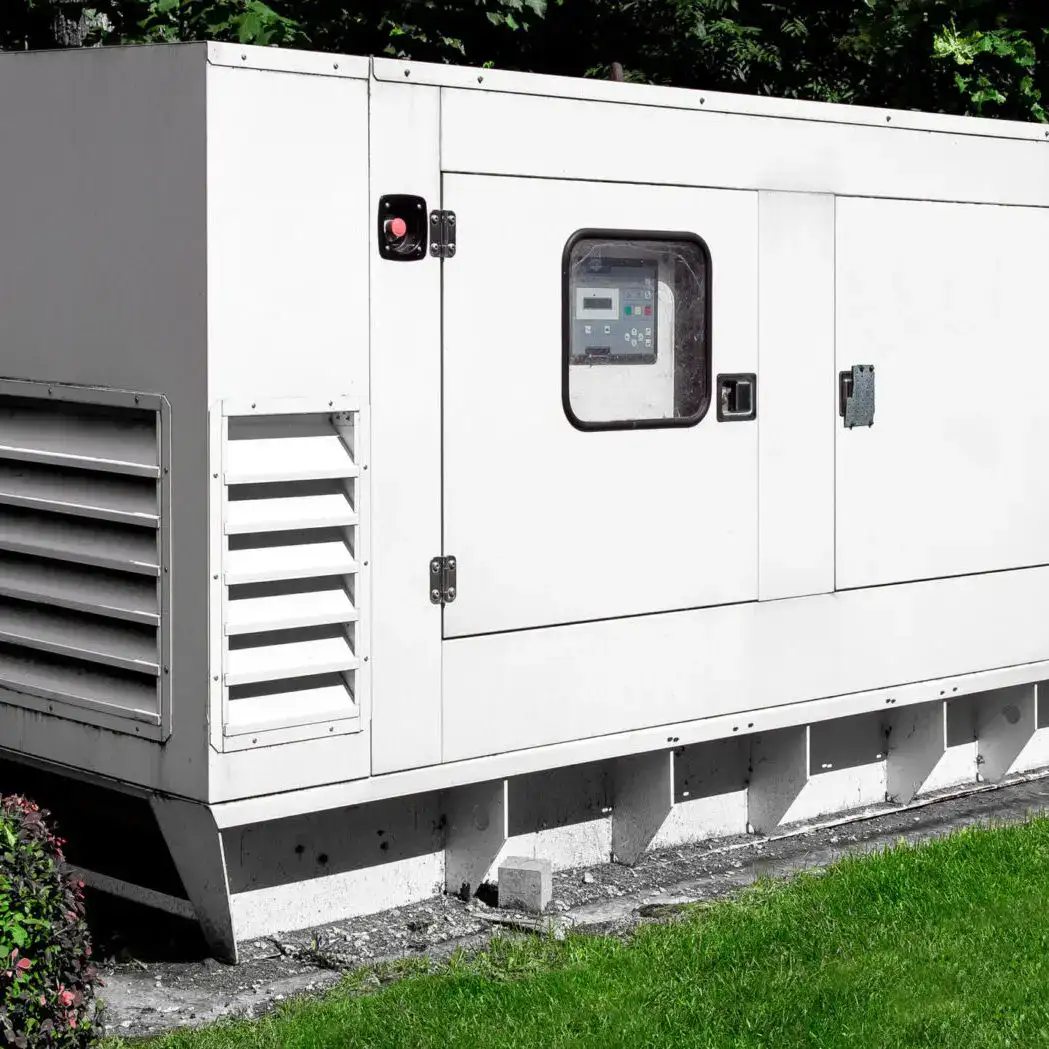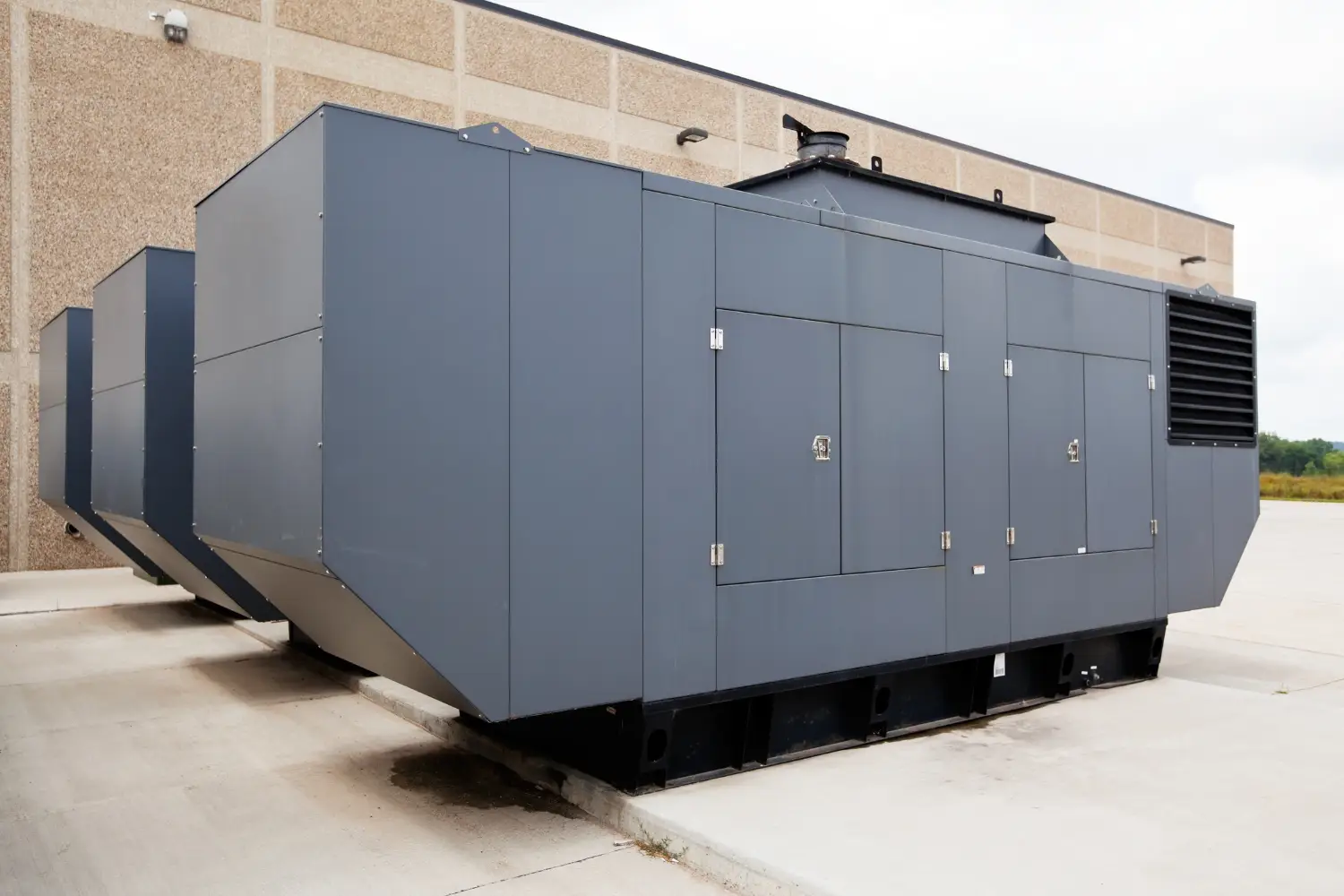Understanding the Importance of Standby Generators in Critical Systems
What is a standby generator?
A standby generator is a power generation device that automatically activates when the primary power source (typically the utility grid) fails. It provides temporary and reliable power until the main supply is restored.
Standby vs. continuous generators
While continuous generators operate as the main source in isolated or special-use locations, standby generators are only activated in emergencies to ensure critical systems remain uninterrupted.
Practical examples
Hospitals requiring life-support equipment to function during outages.
Data centers preventing data loss and service downtime.
Industries that cannot stop production.
Why standby generators are essential in critical systems
They ensure operational continuity in sectors like healthcare, IT, mining, and public safety—where power loss can have catastrophic consequences.
Sector impact
Healthcare: powering respirators, surgical devices, and medication storage.
Technology: protecting data and cloud infrastructure.
Security: sustaining surveillance and access systems.
Financial loss prevention
Energy outages may result in severe financial loss. In tech firms, an hour of downtime can cost hundreds of thousands of dollars—plus reputational damage.
Human life protection
In hospitals and ICUs, energy failure endangers lives. A robust standby system is vital to sustain life-saving treatments.
Components and operation of standby systems
Automatic detection and transfer systems
The generator is connected to an Automatic Transfer Switch (ATS), which detects power failure and starts the generator within seconds.
Basic operation steps
Grid failure detected
ATS activates generator
Generator powers critical systems
Power restored → ATS switches back and stops generator
Types of startup
Manual: requires human activation (not suitable for critical systems)
Automatic: ideal for critical environments, ensuring fast response
Criteria for selecting standby generators
Proper power sizing
Calculate total load, starting peaks, redundancy, and future demand.
Consult electrical engineers
Apply a 20–30% safety margin
Fuel type
Diesel is preferred for its energy density, reliability, and autonomy in emergencies.
Autonomy
Generators must operate for extended periods without refueling, especially during long outages.
Large fuel tanks
Emergency refueling contracts
Equipment reliability
High-quality generators with a maintenance track record are crucial, along with preventive maintenance contracts.
Maintenance and testing
Preventive maintenance importance
Keeping the standby generator in optimal condition ensures it's ready at all times.
Key maintenance tasks
Weekly auto-start tests
Monthly visual inspections and load tests
Bimonthly oil/filter changes and system checks
Simulated load testing
Load bank testing validates real-world performance and anticipates failures.
Standby generator applications
Hospitals: support for ICUs, ORs, and medication storage
Data centers: uninterrupted financial operations and data security
Pharma/food: stable conditions for sensitive products
Conclusion
Standby generators are indispensable in critical systems. Proper selection, installation, and maintenance ensure service continuity, protect lives, and prevent losses. Investing in a reliable standby solution is a strategic decision for resilience in an energy-dependent world.
Discover our products.





